A good paint roller can make any painting project quick and easy. Spend more money on a quality roller that will apply the paint smoothly. A good roller will absorb more paint or not leave fibres in the paint. Match the size of the roller to the area of your project and choose a snooze length based on the sheen of the paint. Once you’ve finished painting, clean the roller immediately if you plan to use it again.
How to Select the Length of the Roller Nap
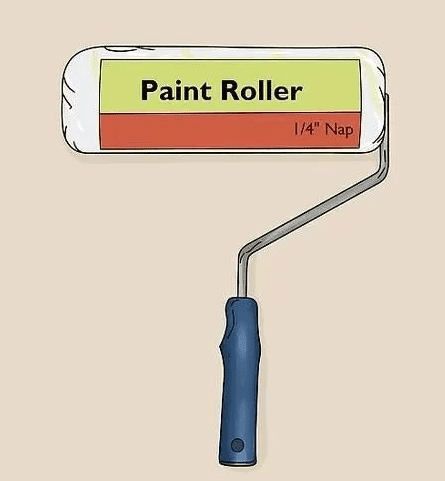
Find a 1/4 swap to paint a smooth surface such as wood or metal with inches (0.64 cm) of lint. Choose a short lint roller if you paint a smooth surface that may show streaks or imperfections, such as wood, walls or metal. Select the short nap if you paint a smooth plasterboard wall or a lightly textured surface.
For single-use rollers, use a foam roller, not a woven or fabric lint roller. The foam will apply the paint without leaving streaks or lint.
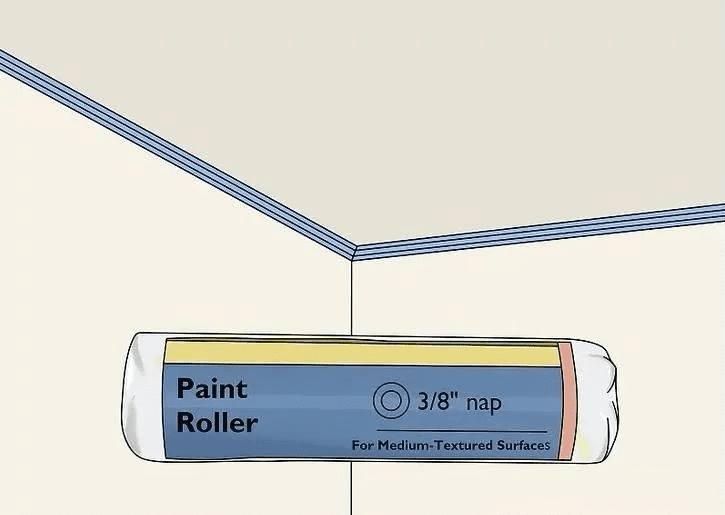
Select a small sleeping medium of 1/4 to 3/8 inch (0.640.95 cm) for the textured surface. A 3/8 inch (0.95 cm) NAP is a standard-size nap, which makes it a good choice for most painting projects. Use this size if you paint ceilings or interior walls, as it will absorb more paint than a shorter nap and fill a slightly textured surface.
If you’re still unsure if this nap suits your project, start with a 3/8″ (0.95 cm) nap. If the roll picks up too much paint work, move down to a 1/4 inch (0.64 cm) nap.

Choose 1 to 1 1/4 in (2.53.2 cm) nap if you paint a rough surface. A long nap is perfect for getting paint into cracks or crevices in rough surfaces. Look for 1 to 1 1/4 in (2.53.2 cm) lint rollers if you paint: Brick and mortar masonry textured plaster.
How to Choose the Paint Roller Material
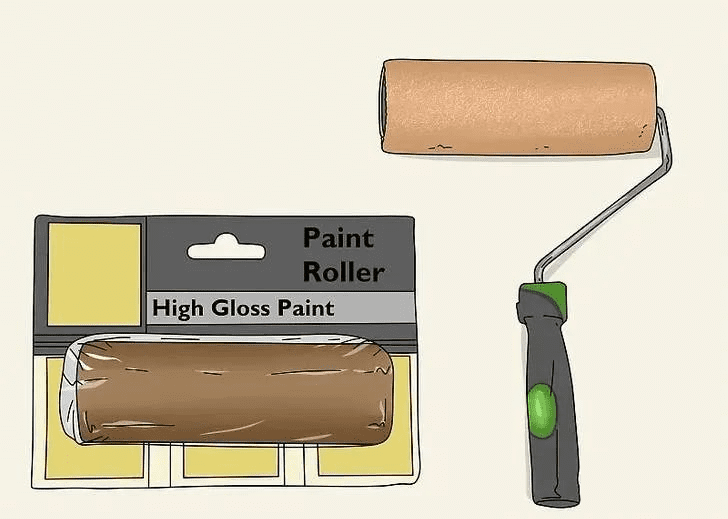
Choose a foam roller if you use high gloss paint to spray a smooth surface. If using a woven or braided roller, streaks may appear on a very smooth surface. To apply paint without leaving lint or blistering texture, purchase a foam roller. These are great for painting metal doors, cabinets or trim.
Most foam rollers are considered disposable because they do not hold up well after use and cleaning.
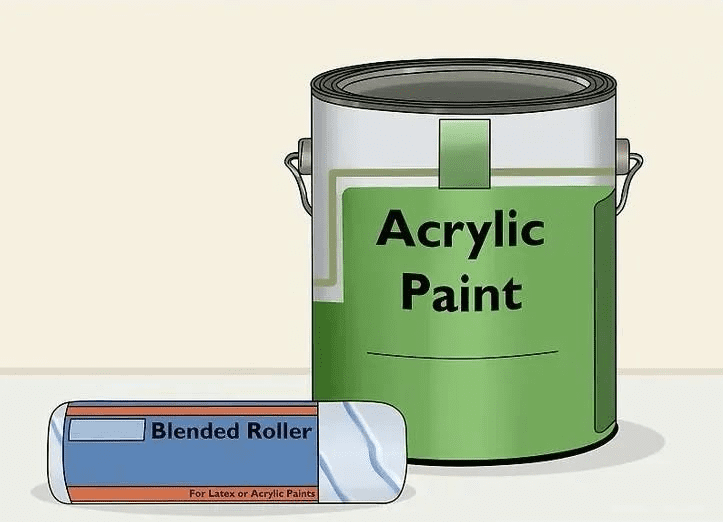
Purchase synthetic or hybrid roller covers for latex or acrylic coatings. Covers made of polyester, nylon or polyester can be used with any latex, acrylic or oil-based coating. For a longer-lasting cover, choose a blend of polyester and wool. The wool helps the roller absorb more paint, while the polyester prevents the roller from wearing out quickly.
Synthetic coverings don’t absorb as much paint as wool coverings, but they can last longer if properly cared for.
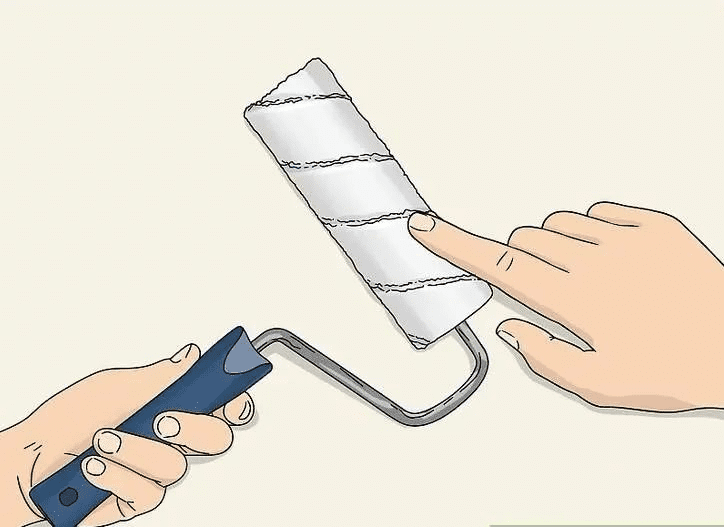
Feel the roller and purchase a tightly woven roller. Brush your finger over the roller material and note how to lose it. If the material is good, the weave should feel tight. Only buy rollers that release lint or fibres when brushed, as they will end up in the paint.
Remember that it is easier to clean and reuse a high-quality roller because the roller material will not fall off as quickly as it does from the roller.
What Size of Roller Brush to Choose
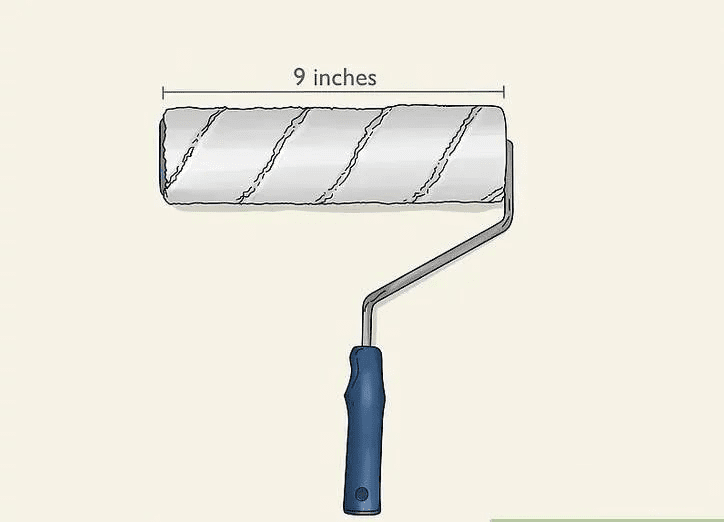
Purchase a 23 cm (9″) roller for most painting projects. A 9″ (23 cm) roller is easier to hold and use than a larger roller. It is also the right size for paint trays, which makes applying paint to the roller much easier. You can use a 9″ (23 cm) roller to paint most interior or exterior walls.
If using a 9″ (23 cm) paint roller, there are also more options for roller coverage, as this is the most common size.

Choose a roller up to 18 inches (46 cm) for larger projects. If you need to paint larger surfaces, such as a large room with smooth sheetrock, choose a roller with a maximum of 18 inches (46 cm), so you can apply a lot of paint very quickly.
Remember that holding a large roller after a while can be tiring. If you have many large projects, consider using a sprayer.

For painting around windows or edges, use a 2 to 3-inch (5.1 to 7.6 cm) roller. Pressing a standard roller into a tight space can be difficult, so purchase a mini roller. These are designed to paint around edges, windows, and tight spaces easily.
If you don’t want to purchase a separate roller to cut into the frame, use a mini-painting brush instead.
Tip: You can purchase special edge rollers made of foam. They are cut at an angle so you can run along a straight edge to get a straight line.
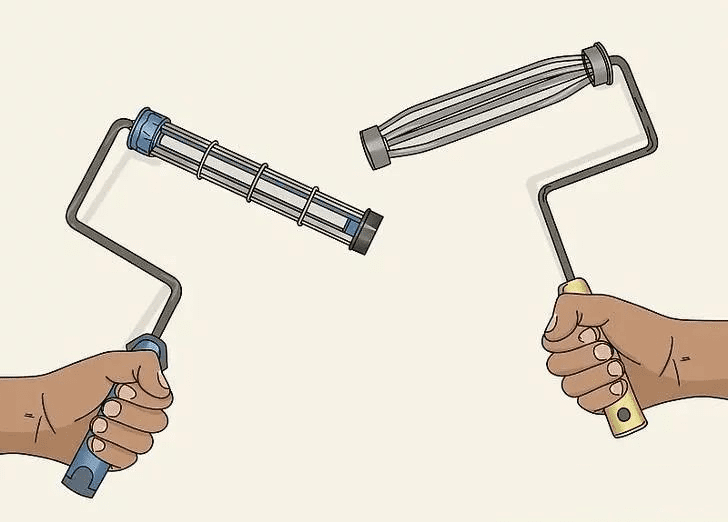
Choose a matching roller stand that feels comfortable in your hand. If you are painting a larger surface (such as the walls of a room), you will need a roller that you can hold without straining your wrist. Pick up the roller frame and practice holding it as if you were painting. Only buy a roller frame if it will fall into your hand or be easy to hold.
To attach the frame to an extension pole, purchase one with a threaded bottom.
How to Maintain the Paint Roller
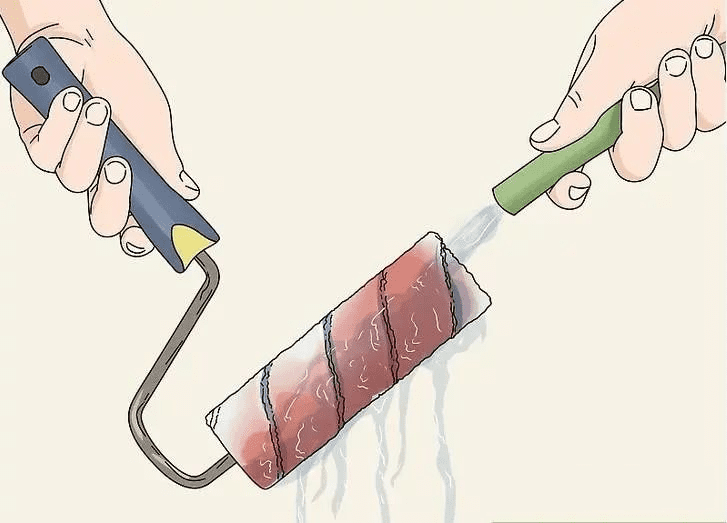
Clean the roller immediately after completing your project. After painting, take a few minutes to clean the roller cover. This will prevent the paint from drying out between the fibres, making cleaning the roller more difficult.
If you purchase an inexpensive foam roller cover, it may not be possible to clean and reuse it. Clean the roller only if you think it will not disintegrate.
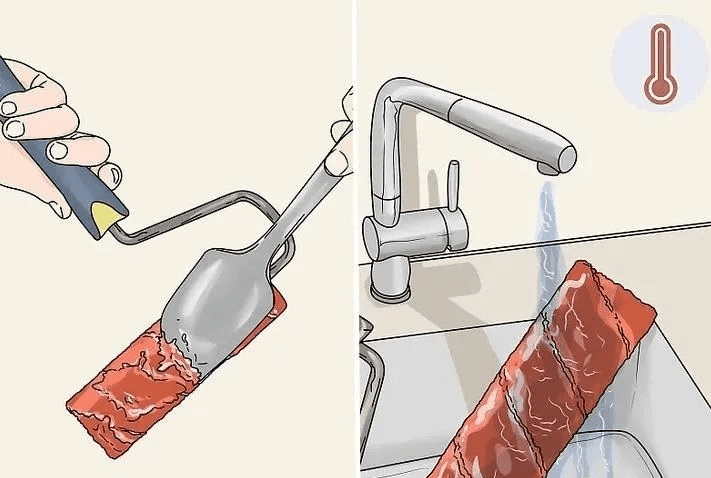
Rinse the latex or acrylic coating from the roller with warm water. Use a rubber spatula to scrape excess paint from the roller into the paint can or tray. This will reduce the amount of paint you have to rinse. Then, bring the roller to the sink and run warm water over it. Gently massage the roller to loosen the paint. Continue rinsing until the water drains away.
Do not rinse oil-based paint from the sink, as water will not remove the paint!

If you are using oil-based paint, immerse the roller in thinner before rinsing. You cannot simply flush an oil-based paint roller in the sink because it will damage your pipes. Instead, fill a bucket with thinner and place the roller in it. Allow the roller to soak for at least 2 or 3 hours. Then, lift the roller out of the paint thinner and rinse the roller with cold water until the water runs out.
You can also use mineral spirits instead of paint thinner, as it will also remove oil-based paint. Refrain from pouring thinner into the sink. Follow the manufacturer’s disposal instructions.
Tip: Work in a well-ventilated space to avoid breathing fumes from the paint thinner. For example, open a window or work outside.
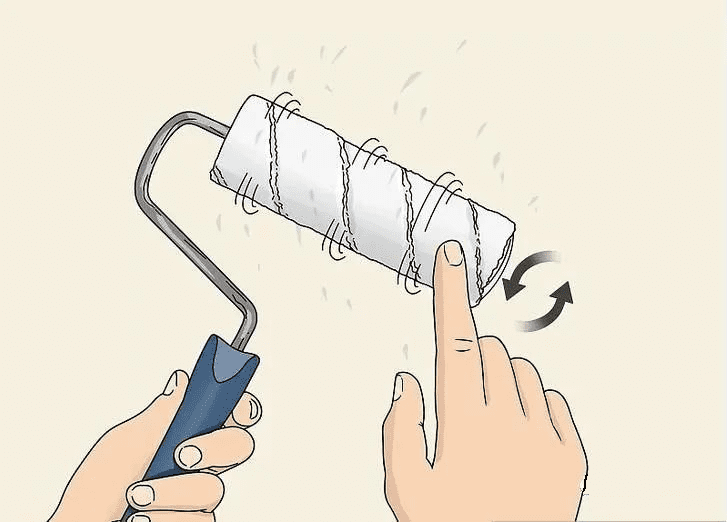
Rotate the roller to help it dry faster. Slide a clean finger along the length of the cleaning roller to remove excess water. If you have a roller rotation tool, slide it onto the roller and pump the tool up and down. It will quickly rotate the roller, causing the water to spin out.
If you do not have a spinner, place the roller cover on the frame and rotate the cover by hand to allow the water to fly out.

Dry the drum entirely before storing it. Place the drum in an upright position so that it dries evenly. Leave it at room temperature until it is scorched. Then, slide the drum back into the package and store it flat until the next item.
If the drum is stored in a wet condition, the material may become mouldy or lumpy.
The above knowledge is about how to buy paint roller brush tools for decorating and decoration, and I hope it can help you. Welcome to continue to pay attention to Paintbrusha.
Get Good Quality Paint Tools from Paintbrusha
Paintbrusha is a professional paintbrush and roller manufacturer in China, established in 1988, supplying a wide range of paint tools.
Working closely with many distributors, wholesalers, brand owners and paintbrush manufacturers across the globe, we manufacture and deliver high-quality paintbrushes, paint rollers, flat paintbrush heads, round heads and brush handles.


Paintbrusha has been exporting various styles and quality levels of brushes. Our main products are: flat paint brushes, bristle paint brushes, synthetic brushes, mixture paint brushes, white bristle paint brushes, black bristle paint brushes, sash brushes, radiator brushes, long-handle paint brushes, round brushes, cheap brushes, trim brushes, wool brushes, ceiling brushes, wall brushes, car washing brushes, paint roller covers and paint roller trays.
